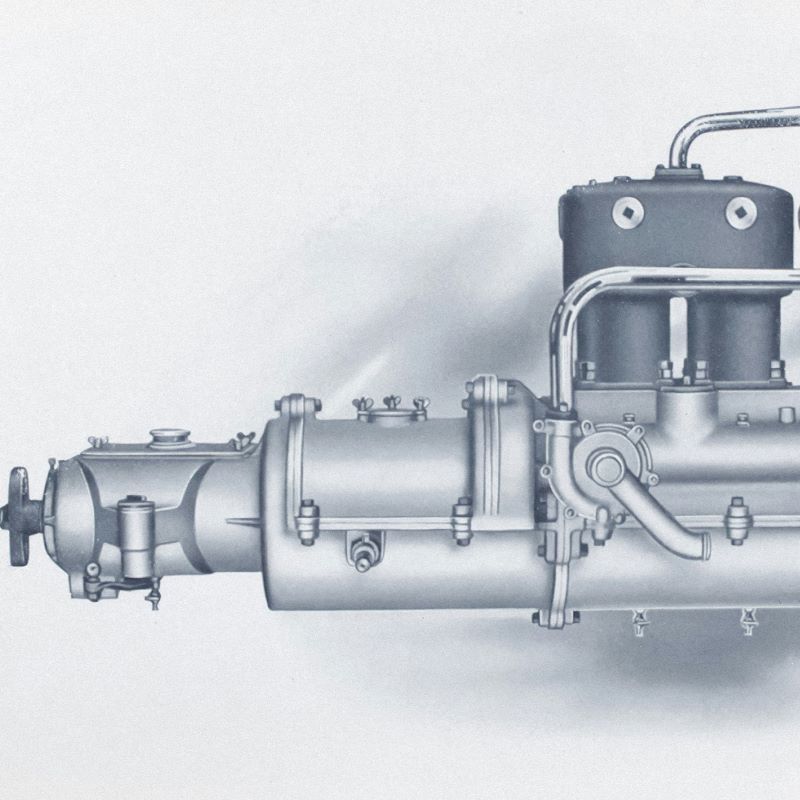As global energy demands rise, environmental concerns grow. Traditional power systems face increasing scrutiny due to harmful emissions. In response, low-emission fuel generators have become essential. These advanced systems combine cleaner combustion, intelligent control, and high fuel efficiency.
At Dynxin, we develop generator technologies that meet modern efficiency standards. This article explores how internal components contribute to lower emissions and optimized performance. We will analyze combustion systems, electronic control units (ECUs), and key fuel-saving strategies.
The Need for Low-Emission Generators
Environmental regulations are tightening worldwide. Organizations must reduce their carbon footprints while maintaining stable power. As a result, demand for eco-friendly generators has grown rapidly.
Low-emission fuel generators address this need by:
-
Reducing harmful gases like NOx, CO, and HC
-
Enhancing fuel conversion rates
-
Supporting hybrid or renewable energy systems
-
Meeting Tier 4, Euro Stage V, and other global standards
These benefits make such systems ideal for use in hospitals, telecom towers, remote sites, and residential backup power.
Combustion System: The Core of Emission Reduction
At the heart of every generator lies the combustion process. How fuel burns directly impacts emissions and efficiency.
Low-emission generators use advanced combustion techniques to reduce pollutants at the source.
1. High-Pressure Fuel Injection
Modern injectors spray fuel at extremely high pressure. This ensures finer atomization and better mixing with air. Consequently, combustion becomes more complete and cleaner.
2. Electronic Ignition Timing
Precise ignition timing improves burn efficiency. By adjusting spark or compression timing, the system minimizes unburned fuel and lowers CO and HC emissions.
3. Exhaust Gas Recirculation (EGR)
EGR routes some exhaust gases back into the intake. This lowers combustion temperature and reduces nitrogen oxide (NOx) formation.
4. Turbocharging with Intercooling
Turbochargers boost air intake, improving the air-fuel ratio. Intercoolers reduce the temperature of compressed air, further enhancing combustion efficiency.
Together, these mechanisms ensure cleaner, more efficient power generation.
Advanced Control Systems: Precision for Performance
Beyond combustion, digital control systems play a crucial role. They optimize every aspect of generator operation. Dynxin integrates robust control modules for real-time monitoring and adjustment.
1. Electronic Control Units (ECUs)
The ECU is the generator’s brain. It collects sensor data and adjusts parameters such as fuel injection, timing, and throttle. This helps the system adapt to varying loads and conditions.
2. Smart Load Management
By balancing output with demand, the control system prevents overloading or underutilization. This conserves fuel and extends component life.
3. Emission Monitoring Sensors
Modern generators use lambda sensors, NOx detectors, and PM monitors. These tools ensure emission levels stay within target ranges.
4. Remote Diagnostics and Telemetry
Operators can access real-time data and fault codes via cloud systems. This reduces maintenance downtime and improves response time.
Fuel Efficiency: Doing More With Less
Reducing emissions alone is not enough. Generators must also be fuel-efficient to support sustainability goals. Dynxin’s low-emission generators achieve this through several innovations.
1. Variable Speed Operation
Instead of running at constant RPM, the engine adjusts speed based on power demand. This saves fuel during low-load conditions.
2. Hybrid Energy Integration
Some Dynxin systems integrate solar or battery power. The generator activates only when needed, significantly lowering fuel use.
3. Low-Friction Engine Components
By reducing mechanical resistance, we minimize wasted energy. This improves output per liter of fuel.
4. Optimized Air-Fuel Ratios
Sensors constantly adjust the mix to ensure ideal combustion. This prevents overfueling and decreases carbon buildup.
Fuel savings translate to lower operating costs and reduced carbon emissions over time.
Emission Control After Combustion
Even with clean combustion, some pollutants remain. Therefore, after-treatment systems are added to meet regulatory thresholds.
1. Diesel Oxidation Catalysts (DOCs)
DOCs convert carbon monoxide and hydrocarbons into harmless carbon dioxide and water.
2. Diesel Particulate Filters (DPFs)
DPFs trap soot and fine particulates. They use regeneration cycles to burn off the accumulated material.
3. Selective Catalytic Reduction (SCR)
SCR systems inject urea (DEF) into the exhaust stream. This converts NOx into nitrogen and water through a catalytic reaction.
These systems ensure compliance with strict emission regulations across global markets.
Real-World Applications
Low-emission fuel generators are now widely used in:
-
Construction Sites
Clean operation reduces environmental fines and allows urban use. -
Telecom Infrastructure
High-efficiency systems support uninterrupted remote network operation. -
Healthcare Facilities
Low-noise, low-emission generators support sensitive hospital environments. -
Off-Grid Communities
Fuel savings and clean output improve sustainability in rural areas.
Dynxin customizes generator units to meet specific project demands, from kilowatt-scale mobile units to megawatt-grade standby power systems.
Future Outlook: Towards Net Zero
The journey toward carbon neutrality continues. Low-emission generators will evolve in several ways:
-
Hydrogen-Ready Engines
Future systems may use low-carbon hydrogen blends or 100% H₂ fuel. -
Modular Power Systems
Microgrids with smart generator modules will replace traditional centralized setups.
Dynxin is already developing prototypes that combine these trends. Our R&D focuses on scalable, intelligent power solutions for a cleaner tomorrow.
Conclusion
Low-emission fuel generators represent a leap forward in clean energy technology. Through advanced combustion systems, precise control modules, and post-combustion treatment, they minimize environmental impact while maintaining performance.
Dynxin remains at the forefront of this evolution. Our products reflect a commitment to engineering excellence, fuel efficiency, and ecological responsibility. Whether powering cities, hospitals, or off-grid operations, our low-emission fuel generators deliver reliable and sustainable energy solutions.


